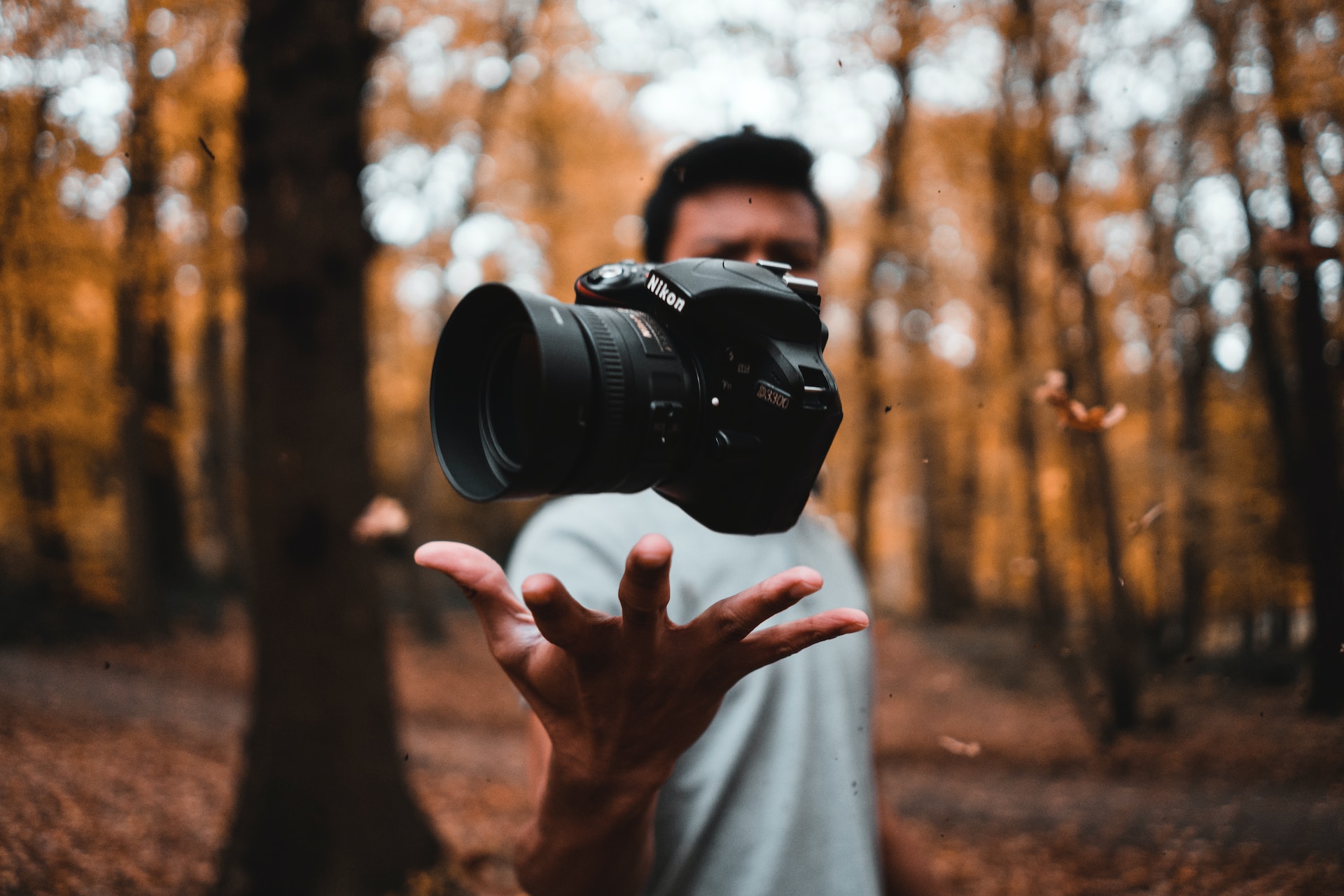

Question: What are Some Lighting Tips for Interior and Exterior Real Estate Photography?
Answer: For interior photography, utilize natural light, minimize harsh shadows, and supplement with artificial lighting if necessary. When shooting exteriors, aim for the golden hour for warm, soft lighting, and avoid harsh midday sunlight.
Essential Lighting for Real Estate Photos
Photography plays a vital role in real estate marketing. It’s the first impression potential buyers get of a property. Therefore, creating high-quality photos that show the property in the best possible light is crucial. Proper lighting illuminates features, creates inviting atmospheres, and helps buyers envision themselves in the space. This article will provide valuable lighting tips for both interior and exterior real estate photography, empowering you to capture stunning images that attract serious buyers and accelerate sales.
Lighting Tips for Interior Real Estate Photography
When photographing the interior of a property, lighting can make the difference between an inviting, attractive image and one that falls flat. Effective lighting highlights spaciousness and accentuates architectural details. Here are some lighting tips to consider for capturing brilliant interior shots:
Natural Light:
Maximize natural light by opening curtains, blinds, and even doors to let sunlight flood the rooms. This creates a warm, welcoming ambiance and showcases the home’s connection to the outdoors. Avoid shooting directly into bright windows to prevent overexposure.Artificial Light:
Switch on all lights in the room, including overhead lights, lamps, and even appliance lights (like under-cabinet lighting) to add depth, warmth, and a lived-in feel. Ensure all bulbs match in color temperature to prevent unsightly color casts in your final images.Flash Photography:
Employ a flash unit to fill in shadows, balance exposure, and highlight details that natural light alone might miss. Bouncing the flash off the ceiling or a wall creates a soft, diffused light that enhances the room’s overall brightness without creating harsh hotspots.Exposure Bracketing:
This crucial technique involves taking multiple photos at different exposure levels – one underexposed, one correctly exposed, and one overexposed. You then blend these images in post-production using HDR (High Dynamic Range) software to create a perfectly lit image with balanced shadows and highlights, especially effective for scenes with strong natural light sources like windows.
Click here for more information about Caledon realtors
Related Article: How Do I Schedule and Prepare for a Real Estate Photo Shoot?
Related Article: Do Estate Agents Charge for Photos?
Lighting Tips for Exterior Real Estate Photography
For exterior shots, lighting is equally important as it dictates curb appeal and how inviting the property appears from the outside. Here are some tips to capture the property’s exterior at its absolute best:
Golden Hours:
Plan your exterior shoots during the “golden hours” — the hour after sunrise and the hour before sunset. The light during these times is soft, warm, and creates attractive, long shadows and gentle highlights that give the property depth and dimension. This light enhances colors and makes the home look incredibly welcoming.Overcast Days:
Utilize overcast days, which provide soft, diffused light that acts like a giant natural softbox. This minimizes harsh shadows and bright spots, ideal for capturing consistent, evenly lit exterior photography without direct sunlight issues. It’s particularly useful for properties with complex angles or large, open areas.Artificial Light:
Integrate artificial lighting strategically to highlight features like landscaping, pathways, or unique architectural details during twilight or nighttime shoots. This can be especially effective in twilight photos, where interior lights are also on, creating a dramatic and luxurious feel that truly sets the listing apart.
Common Lighting Challenges and How to Overcome Them
Real estate photographers often face lighting challenges that can significantly impact the quality of their photos. Recognizing and addressing these issues proactively ensures stunning final images. Here are some common issues and their effective solutions:
Mixed Lighting:
This occurs when different types of light sources (e.g., natural window light and artificial indoor lights) in one shot cast varying color temperatures. Manage this in post-production with careful color correction and white balance adjustments in software like Adobe Lightroom or Photoshop, neutralizing unwanted color casts.High Contrast Scenes:
When a significant difference exists between the lightest and darkest areas of a scene (e.g., bright windows and dark interiors), use exposure bracketing. Capture multiple exposures and combine the images in post-production using HDR techniques to achieve a balanced image with detail visible in both highlights and shadows.Reflective Surfaces:
Mirrors, windows, and shiny surfaces can reflect light, equipment, or even the photographer, creating distractions. Try changing your shooting angle to minimize reflections, or use a polarizing filter on your lens. This filter effectively cuts glare from non-metallic surfaces, enhancing clarity and color saturation.
Conclusion
Proper lighting dramatically enhances your real estate photos, showcasing the property’s best features and making it incredibly appealing to potential buyers. Mastering light transforms ordinary snapshots into compelling visual narratives. Whether you’re dealing with challenging interior scenarios or aiming for captivating exterior shots, understanding how to manipulate and enhance light is crucial. Remember, the goal remains consistent: create a welcoming, attractive image that invites viewers to imagine themselves living vibrantly in the space.
Key Takeaways
Interior Photography:
Prioritize natural and artificial light sources, use a flash unit to effectively fill in shadows, and consider exposure bracketing for perfectly balanced lighting throughout the room.Exterior Photography:
Take full advantage of the “golden hours” for warm, flattering light, consider shooting on overcast days for soft, diffused illumination, and use artificial lighting strategically to highlight key architectural features and landscaping.Overcoming Challenges:
Tackle mixed lighting effectively with precise color correction, employ exposure bracketing for high contrast scenes to maintain detail, and minimize reflections on shiny surfaces with careful angling or a polarizing filter.
With these lighting tips in hand, you’ll be well on your way to consistently producing high-quality, appealing real estate photographs that can significantly help attract buyers and sell properties faster, ensuring your listings always shine brightly. [ 1 ]
References
1. https://www.photoup.net/learn/real-estate-photography-lighting-tips


